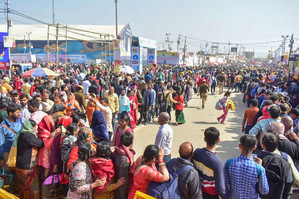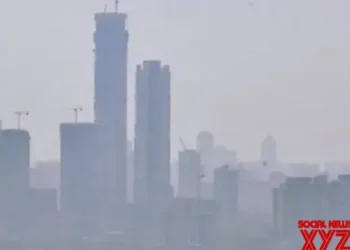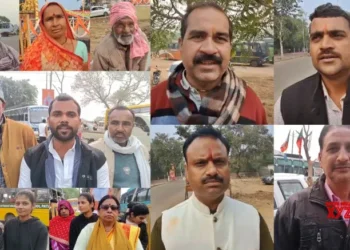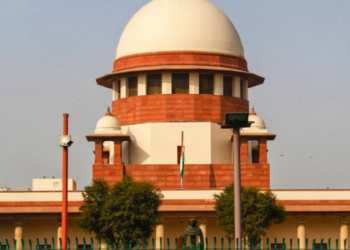As Kamal Haasan celebrated 13 years of his sci-fi action thriller Dasavatharam on Monday, the actor-filmmaker took a trip down memory lane to share what went behind making the film, which he said was nothing short of a masterclass for him.
Directed by K S Ravikumar, the film starred Haasan in ten distinct roles.
“Dasavatharam”, which was under production for nearly three years, became a massive hit upon its release in 2008.
Haasan, 66, who also wrote the screenplay, said “Dasavatharam” was a film that taught him the true meaning of “democracy”.
“”Dasavatharam” was a masterclass for me on every technical aspect. There were many masters to teach and learn from and cinema was the ultimate master and very forgiving when we failed in some parts, definitely more forgiving than the audience who made it a hit. I can say I learnt democracy during the making of this film,” he said in a statement.
The actor said “many directors” turned down the film”s script saying they didn’t “understand it,” except for Ravikumar, who was convinced the movie would be a winner.
Haasan recalled reaching out to producer Mukta Srinivasan for his opinion on his script and incorporated his suggestions.
The actor said he was also thankful to “Dasavatharam” producer V Ravichandran for not comprising on the film”s scale, ambition and grandeur.
“Towards the end of the filming, during the tsunami sequence, we realised we needed a crore more to achieve the visuals written by me for the climax. Now people nonchalantly talk about Rs 20 to 30 crores, but back then it was huge. I offered to rewrite the script without the tsunami and end it with the train sequence…
“However, Mr Ravikumar had fully understood the script and fought tooth and nail to get the climax done as scripted originally and we spent the additional Rs one crore,” the actor said.
The action sequences were one of the biggest highlights of “Dasavatharam”, with each character of Haasan getting a distinct action style.
“We wanted to make a masterpiece and we didn’t look at money or fame, just our contribution to the art of cinema. We had various stunt directors supporting us which can be seen in various styles portrayed through the film as Fletcher”s (one of his characters) stunts had to be different from the Samurai and that from the first and all this within a shoe string budget,” he said.
Haasan believes in some sequences of the film, the CGI wasn”t up to the mark but it was the best the team could do with all the constraints back then.
The actor acknowledged the efforts of his technicians, stunt directors for giving their best to achieve his cinematic vision, but said he would not “forgive or forget” those who had abandoned the project.
“All of my technicians helped me complete the project through all the insults, quarrels, stressful environment and I am grateful to the. On the other hand, I would never forget or forgive those technicians who gave up… If you believe in something, it can always be achieved.”
Haasan also mentioned the enormous contribution of Academy Award-winning make-up artist Michael Westmore, who helped him design the film”s ten distinct characters.
Calling him a “master of his craft”, Haasan said Westmore’s contribution to the film was “equivalent” to his.
“Westmore was the 11th avatar of the film, without him the other 10 would not have been possible,” he added.
The film also starred Asin, in a double role, and Mallika Sherawat. The film”s soundtrack was composed by Himesh Reshammiya, with composer Devi Sri Prasad giving its background score.























